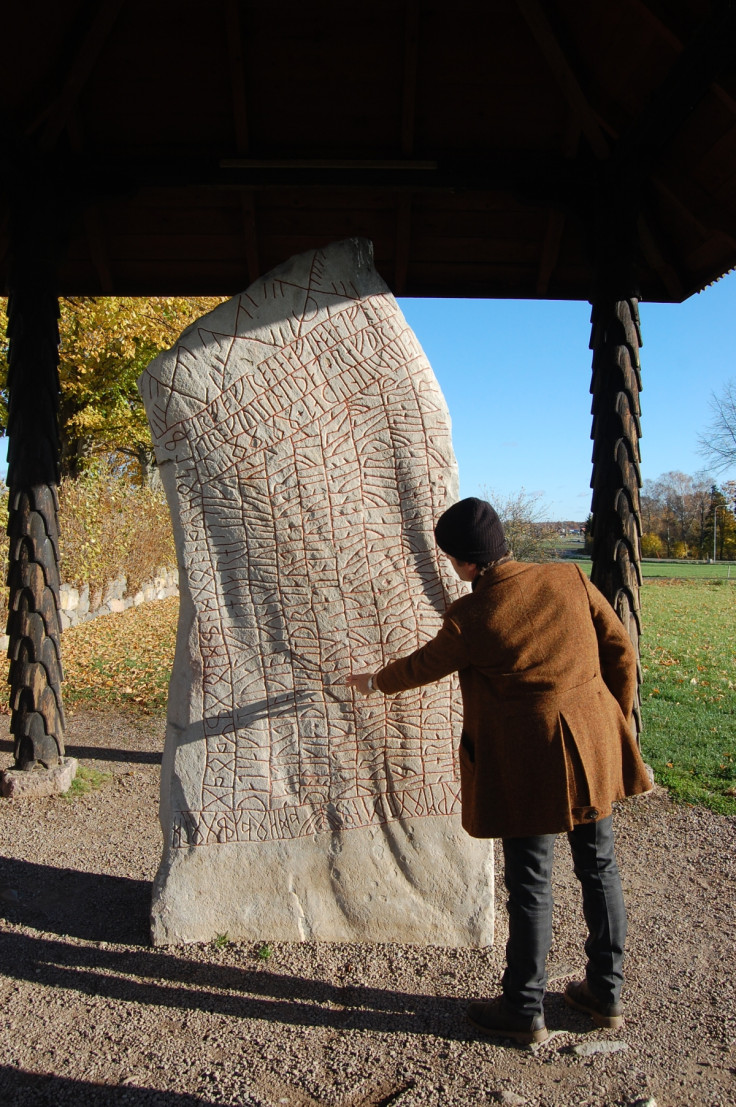Rök runestone: New interpretation of ancient text sheds light on Viking culture

A new interpretation of the text engraved on one of the world's most famous runestone - the Rök runestone – offers another vision of Viking civilisation. The ancient monument was erected in the late 800s in the Swedish province of Östergötland.
The multiple rune symbols inscribed all over its surface have never ceased to puzzle archaeologists and linguists ever since. Though the words on the stone are not in themselves difficult to understand, the message behind them has led to intense debates between scholars for many years.
In the International Journal of Runic Studies, Scandinavian language specialists have published a novel interpretation of the text which challenges traditional perceptions of Viking values.
Heroic exploits, warfare and Gothic kings
The runestone is a large fine-grained granite which stands 2.5m above ground. It was erected by a man known as Varin probably in honour of his dead son. It stands out as an artistic and literary masterpiece from the Viking era.
In the last century, the dominant interpretation of the runestone was that the text on the monument's surface - a complicated web of different stories and riddles - referred to heroic feats, kings and warfare.
This analysis consolidated the vision of Viking culture as one which valued honour and courage above all else. Scholars also read the stone as a testimony that Varin was in some way related to Gothic kings.
Now, the study's authors say the text is actually a combination of sophisticated riddles which refer to the monument itself and can be understood as a description of the runestone.
"The old idea that the Rök Runestone mentions the Gothic emperor Theodoric is based on a minor reading error and a major portion of nationalistic wishful thinking... " says lead author Per Holmberg. "The riddles on the front of the stone have to do with the daylight that we need to be able to read the runes, and on the back are riddles that probably have to do with the carving of the runes."
Not honour nor vengeance

Holmberg and his team also attempted to solve one of the stone's greatest mystery. All the riddles appear listed on the stone in numerical order, but there seems to be missing inscriptions between the second and twelfth riddles.
Previous research has assumed there was an oral version of the message that included the missing nine riddles.
In this latest study, the researchers say scholars' hopes that the stone about about kings and heroism had led them to read the stone the wrong way.
"It's not the inscription that skips over something. It's the researchers that have taken a wrong way through the inscription, in order to make it be about heroic deeds," Holmberg says.
Instead of writing about honour and vengeance, Varin may have written riddles about the stone itself and how to best read it.
This hypothesis challenges both the traditional interpretation of the runestone and the idea that Viking society was all about values of honour, courage, and royalty.
© Copyright IBTimes 2025. All rights reserved.





















